Building and Running Collator Node: A Unified Deployment Solution

Web3 Foundation has been funding many projects that contribute to the development of the Polkadot ecosystem, enabling blockchain developers to leverage the technology and make blockchain accessible for everyone. This way, Blaize agency received a grant from the Foundation and in the first milestone of the grant created the Unified Collator Deployment Solution, which consists of three main elements.
Let’s take a closer look at Blaize team, explain why we chose to build on the Polkadot tech stack, provide the project overview, explain the benefits of using a unified collator deployment solution, and discuss our team’s future development plans.
About Blaize and the Project’s Team
Founded in 2016, the Blaize covers all areas of blockchain and crypto development, including projects in DeFi, NFT-related products, blockchain ecosystems, protocols, and smart contracts. Blaize provides a wide range of services, including smart contract audits, custom blockchain development, tailor-made enterprise solutions, consulting, and much more.
Our agency has over 65 highly expertized developers who can be hired as solo specialists or as a team, and it has completed over 70 successful projects in different areas of blockchain development.
The Unified Collator Deployment Solution is the project of Mark Tsyrulnyk, the Blockchain Solutions Architect at Blaize, and Oleksandr Bortnik, Senior DevOps at Blaize. The project aims to provide a production-ready deployment for the collator node that can work for any parachain with very few adjustments.
Why Blaize Chose to Build on the Polkadot Tech Stack
As a blockchain outsourcing company, Blaize works with many blockchain technologies. However, one of the first we decided on is Substrate/Polkadot. Recently, we started providing spin-up and maintenance service for Polkadot nodes, and one of the requests was to run a collator node. After some research, we at Blaize discovered that there is no good up-to-date solution to spin up a collator with enterprise reliability.
To ensure the reliability of the service, we decided to use enterprise clouds like AWS and GCP, which provide one of the best-in-class services. Kubernetes and Docker are almost single-choice tools for orchestration and containerization. Terraform is a simple and practical solution for IaC and deployment. These are widely used and accepted instruments in the DevOps industry. At Blaize we believe this combination can cover most of the use cases of collator spin-up.
“We decided to apply for a Web3 Foundation grant because of their extensive experience and expertise in the blockchain industry. By leveraging their network and resources, we believe we can gain greater visibility and traction in the market and accelerate the development of our blockchain infrastructure solutions. Polkadot is a scalable sharded chain and the first protocol that provides a secure environment for cross-chain composability across multiple shards. This way, we have the same views regarding the perspectives of the ecosystem.” – Oleksandr Bortnik, Senior DevOps at Blaize.
The Project Overview
The goal of the Unified Collator Deployment Solution is to provide a common infrastructure and collator node deployment that can be used with any parachain. The deployment should be highly extendable and configurable for each specific case. Blaize aims to automate and template all the common steps that do not depend on the particular parachain, such as building, containerizing, terraform infrastructure, and deployment.
Within the first milestone of our Web3 Foudnation grant we created the Unified Collator Deployment Solution, which consists of three core components:
- The first component is a Dockerfile template for building and running collator nodes.
- The second component is a reproducible and configurable IaC built with Terraform.
- The third is a unified deployment process using Terraform.
The project starts with the Dockerfile template for building and running the collator node that suits the best practices like minimal runtime, no root user, minimal port exposure, etc. This template can be easily extended with all required dependencies if needed.
The next step is to provide reproducible and configurable infrastructure via terraforming one of the supported clouds. In most cases, collator nodes have similar infrastructure requirements, but it would be pretty easy to configure terraform scripts for the needs in case of special requirements.
The last step requires the most configurability, which is the deployment step that Terraform also handles. Blaize provides a unified deployment with configuration for the relay chain and common collator parameters.
With the Unified Collator Deployment Solution, teams can benefit from modern DevOps practices, including reproducible deployment, one-click scaling, and monitoring. The core benefit is that users no longer need to manage dozens of scripts to create infrastructure, deploy, upgrade, and clean up.

Plans and Perspectives
As for our future plans, Blaize aims to continue developing and improving the Collator deployment solution for the Substrate ecosystem. We plan to add support for more cloud providers, as well as extend the solution to support other nodes, such as Validator and Full nodes. We also aim to make the solution more user-friendly by providing an easy-to-use GUI for configuring and deploying nodes.
In addition to the Collator deployment solution, our plans to continue providing high-quality blockchain development services to clients. Blaize team strives to stay at the forefront of blockchain technology and provide cutting-edge solutions for our client’s needs. Our team will continue to explore new areas of blockchain development, including DeFi, NFTs, and enterprise blockchain solutions.
Overall, the Blaize goal is to be a leading blockchain development agency and provide innovative and reliable solutions for the Substrate and broader blockchain ecosystem. We are sure that their Collator deployment solution is just the beginning, and we look forward to contributing to the growth and success of the blockchain industry.

